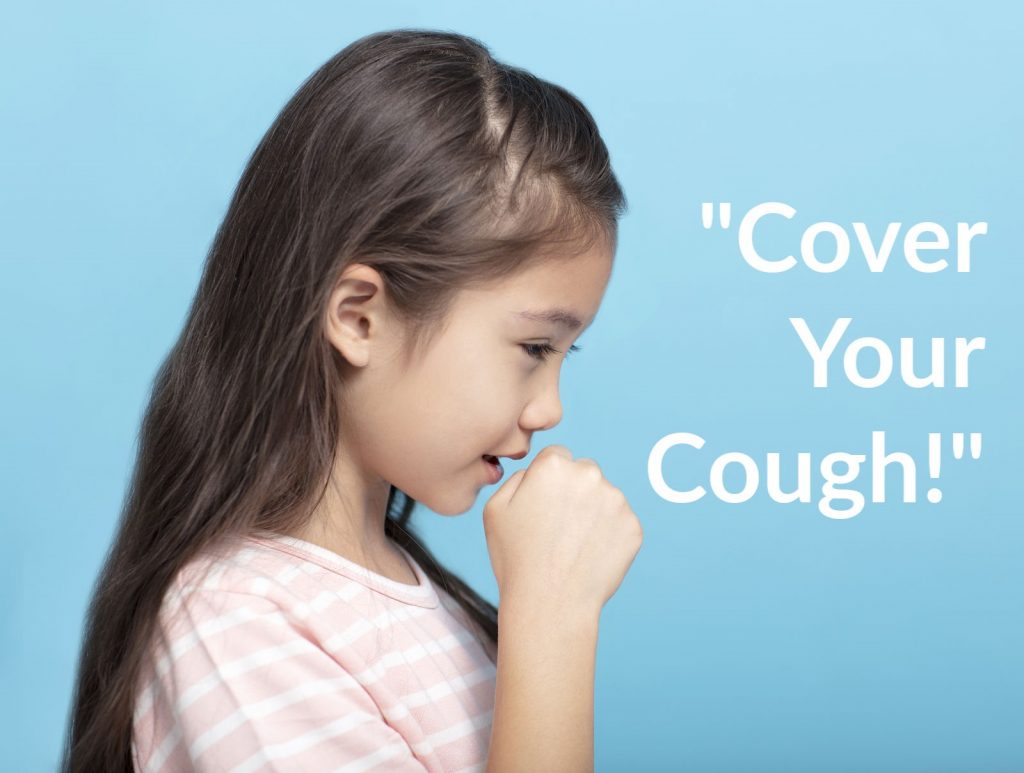
Preventing the flu must be intentional when it’s flu season. Many of us feel vulnerable, even though flu vaccines exist. We’ve heard stories about flu complications and are aware that such complications can worsen symptoms and even result in death. It’s something no one wants to think about. So, we stay vigilant and we are tasked with staying on top of information that can minimize the risk of acquiring the influenza virus.
Who Is Keeping Watch on Flu Outbreaks?
The Centers for Disease Control is a federal organization watching out for diseases that affect people in the United States.
On July 1, 1946 the Communicable Disease Center (CDC) opened its doors and occupied one floor of a small building in Atlanta. Its primary mission was simple yet highly challenging: prevent malaria from spreading across the nation. Armed with a budget of only $10 million and fewer than 400 employees, the agency’s early challenges included obtaining enough trucks, sprayers, and shovels necessary to wage war on mosquitoes. (CDC 2018)
At about the same time the malaria vaccine was introduced, scientists had a working flu vaccine. Soldiers fighting in World War II were the first patients to receive the flu vaccine when it was approved for military use in 1945 and civilian use was approved the following year. (Donnelly 2018) We owe a lot to our armed forces as they were instrumental in participating in clinical trials resulting in lives saved. Thank you to our veterans!
What We Can Do to Minimize the Risk of Getting the Flu
So now that we know about the role immunizations play in keeping us healthy, what more can be done to minimize the risk of contracting the flu virus?
People with flu can spread it to others up to about 6 feet away. Most experts think that flu viruses spread mainly by droplets made when people with flu cough, sneeze or talk. These droplets can land in the mouths or noses of people who are nearby or possibly be inhaled into the lungs. Less often, a person might get flu by touching a surface or object that has flu virus on it and then touching their own mouth, nose, or possibly their eyes. (CDC 2018)

Any person who has parents can hear the emphatic voice in our childhood heads. “Cover your mouth when you cough”; “Wash your hands before eating”; “Cover your sneeze”! From there they suggest obsessive handwashing and hand sanitizer at school. Unfortunately, this just isn’t enough to prevent exchange of the flu virus from sick person to well.
Proactive Flu Prevention
At Home
- Avoid close contact with a sick person.
- Stay home when sick.
- Cover your mouth and nose when coughing or sneezing.
- Wash your hands. Handwashing is more effective than hand sanitizer. Here is a link to a PDF download from the CDC on proper handwashing you can print and share: https://www.cdc.gov/handwashing/pdf/family_handwashing-508.pdf
- Avoid touching your eyes, nose or mouth.
- Practice good health habits – clean and disinfect frequently touched surfaces.
At School
Be proactive on behalf of your child and ask the school nurse or classroom teacher:
- What does the school do to disinfect surfaces, especially when there is a flu outbreak?
- Ask also about handwashing procedures.
- Ask how sick children are quarantined as they wait to go home.
- Handle waste properly.
At Work
- Some employers offer free flu vaccines. Check with your HR department to see if they participate in a flu immunization program and how they handle outbreaks of the flu in the workplace.
- Keep a container of antibacterial wipes in your office drawer and clean your desktop, keyboard and any shared community objects like printers and copiers when you feel the need.
- Let management or building maintenance know when bathrooms are out of toilet paper, paper towels and hand soap.
- If you think you have the flu, call it a day and head home. Outbreaks can happen quickly and affect employers bottom line when employees are out for weeks at a time.
(CDC 2019)
What More Can We Do?
It’s common knowledge that the flu virus can morph into new strains. The CDC does it’s very best to keep the public informed, provide information on prevention and make vaccines available to low income or uninsured individuals. Because of the virus’s volatility, flu vaccines are 40-60% effective. That is better than not effective but doesn’t create confidence as flu season advances each year.
What to Do When Flu Vaccines Fail
If you suspect you have contracted the flu virus and are exhibiting symptoms it’s important to seek treatment right away. Young children and the elderly are most vulnerable to contracting the flu and developing life threatening complications. A visit to the ER can confirm quickly whether your loved one tests positive for the flu. Flu vaccines can fail, but Beaumont Emergency Hospital won’t.
Works Cited
“Our History – Our Story.” Centers for Disease Control and Prevention, Centers for Disease Control and Prevention, 4 Dec. 2018, https://www.cdc.gov/about/history/index.html.
Donnelly, Grace. “The Flu Shot: Its History and Some Common Misconceptions.” Fortune, Fortune, 19 Jan. 2018, https://fortune.com/2018/01/19/flu-shot-history/.
“How Flu Spreads.” Centers for Disease Control and Prevention, Centers for Disease Control and Prevention, 27 Aug. 2018, https://www.cdc.gov/flu/about/disease/spread.htm.
“Healthy Habits to Help Prevent Flu.” Centers for Disease Control and Prevention, Centers for Disease Control and Prevention, 7 Nov. 2019, https://www.cdc.gov/flu/prevent/actions-prevent-flu.htm.
